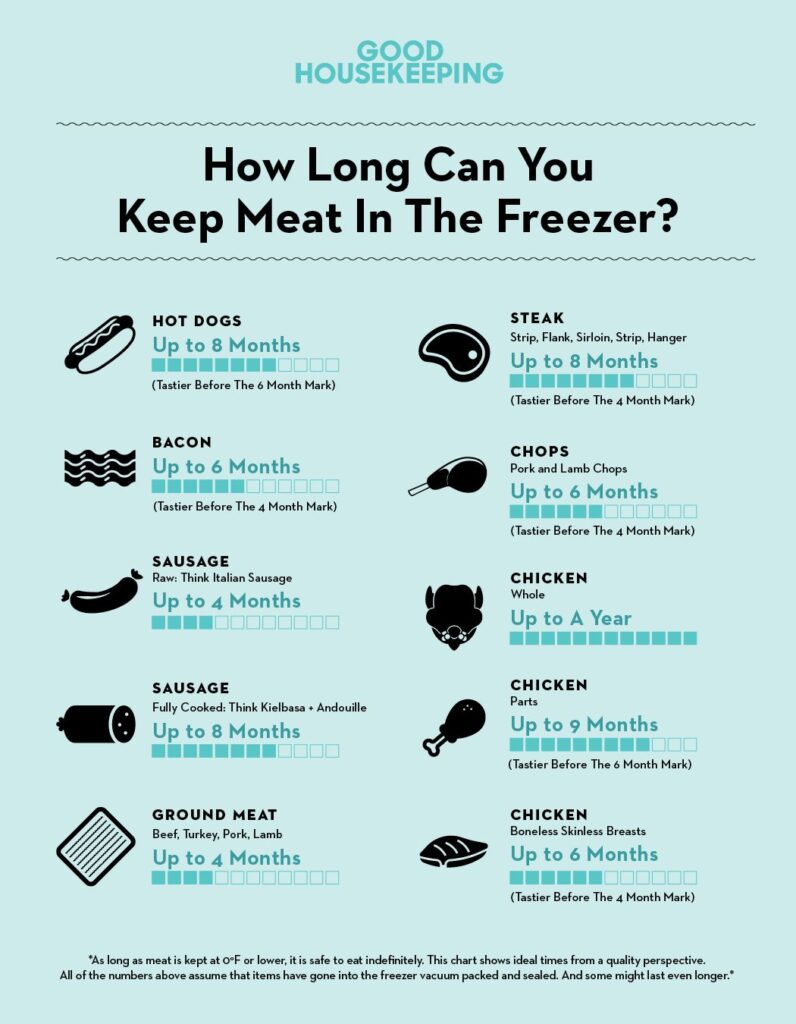
Salmon is a delicious and nutritious fish that can be enjoyed in many ways. However, fresh salmon doesn’t last forever. Luckily, vacuum sealing offers a fantastic way to extend its shelf life significantly. By properly storing your salmon in the freezer, you can enjoy this tasty seafood for months to come. This guide will walk you through everything you need to know about freezing vacuum-sealed salmon, ensuring it stays fresh and flavorful until you’re ready to cook it.
This article will cover the essential steps involved in vacuum sealing salmon for optimal freezer storage. We’ll delve into recommended storage times, techniques to prevent freezer burn, proper labeling practices, and safe cooking methods for frozen salmon. By following these guidelines, you can confidently freeze your salmon and enjoy its deliciousness whenever you desire.
Vacuum Sealing Salmon
Vacuum sealing is the key to successfully freezing salmon and preserving its quality. This process removes air from the packaging, preventing oxidation and moisture loss, which are major contributors to freezer burn. A vacuum sealer uses suction to draw out air from a bag, creating a tight seal that protects your salmon from these damaging elements.
When choosing a vacuum sealer for your needs, consider factors like sealing speed, bag size capacity, and additional features such as wet food sealing. Invest in high-quality bags specifically designed for vacuum sealing, ensuring they are freezer-safe and durable enough to withstand the freezing process. Before sealing, ensure your salmon is properly cleaned, patted dry, and portioned according to your desired cooking sizes.
Freezer Storage Time
Properly vacuum-sealed salmon can be safely stored in the freezer for up to 6 months while maintaining optimal quality and flavor. After this period, the texture and taste may start to decline. It’s important to note that these guidelines are based on ideal freezer conditions (0°F or -18°C).
If your freezer temperature fluctuates frequently or is not consistently maintained at the recommended temperature, it’s best to reduce the storage time accordingly. Always prioritize freshness and use your senses to assess the quality of your frozen salmon before cooking. If you notice any off smells, discoloration, or unusual textures, it’s best to discard the fish.
Preventing Freezer Burn
Freezer burn is a common issue that can affect the quality of frozen foods, including salmon. It occurs when moisture in the food evaporates and comes into contact with air, resulting in ice crystals forming on the surface. This process can lead to a dry, leathery texture and an unpleasant taste.
To prevent freezer burn, ensure your vacuum sealer creates a tight seal around the salmon. Avoid overfilling the bags, as this can hinder proper sealing. Store your frozen salmon flat in the freezer to maximize space and minimize exposure to air. Consider using freezer-safe containers or wraping the sealed bags in additional layers of plastic wrap for extra protection against moisture loss.
Labeling and Dating Packages
Proper labeling and dating are crucial when freezing any food, including salmon. This helps you track storage times and ensures you use the oldest packages first, preventing waste and maintaining freshness. Use a permanent marker to clearly label each vacuum-sealed bag with the contents (e.g., “Salmon fillets”) and the date of sealing.
Store your labeled bags in a designated area within your freezer for easy identification. Consider using a freezer inventory list or app to keep track of all your frozen items, including their storage dates. This will help you stay organized and ensure you’re utilizing your frozen salmon before it reaches its optimal storage time.
Cooking Frozen Salmon
Cooking frozen salmon requires a slightly different approach compared to fresh salmon. Avoid thawing the fish completely before cooking, as this can lead to uneven cooking and increased moisture content.
When baking or pan-searing frozen salmon, add a few minutes to the recommended cooking time for fresh salmon. Ensure the internal temperature reaches 145°F (63°C) to guarantee safe consumption. For grilling or broiling, preheat your grill or broiler and cook the frozen salmon over medium heat, flipping halfway through, until cooked through.
Conclusion
Vacuum sealing is a fantastic method for extending the shelf life of salmon while preserving its quality and flavor. By following the guidelines outlined in this article, you can confidently freeze your salmon and enjoy it whenever you desire. Remember to vacuum seal properly, store it at 0°F (-18°C) or below, prevent freezer burn, label and date packages, and adjust cooking times for frozen fish. With these tips, you can savor delicious, high-quality salmon even months after purchasing it.
